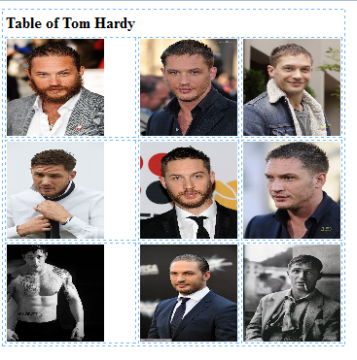During my oral exam (the final step in completing my Masters program), my adviser/program director asked me: “Do you think it matters that you’re an African-American public historian?” Before he could barely ask the question I knew where he was going and it had been something in the back of my mind for nearly a year by that time. In an explosion of anticipation, I quickly and loudly said “Yes!” I had a lot to say on the subject. Well that already seems like it was long ago and now I’m officially done with my Masters degree in public history.
Today, public history tends to be sensitive to those it serves and their diversity. Attempts to be inclusive seem to increase every year. During my studies, I learned about indigenous curation which applies the source culture’s reverence and attitude to their objects in museums. In other words: Hidatsa ritual objects might be conserved and interpreted in a way that allows for Hidatsa tribal members to provide their input and cultural tradition. It’s all part of the process of sharing authority and it is a thoughtful idea. Yet, I wonder what is the next step in indigenous curation? How about curators who are indigenous?
I’ll use the term “people of color” here because it best represents the communities I’m talking about; whether they be Asian, Latino, black or identify otherwise. The shift in the 1960s and 1970s towards social history, cultural history, and public history are praiseworthy but there is still a relatively small number of historians of color. The number of and dialogue about professional public historians of color is, by all appearances, miniscule. Historian Miguel Juarez in his article The Invisible Careers for Latinos: Public History and Museum Studies remarks on the subject: “Scholarship of our communities shouldn’t necessarily come from academe. We must not wait for institutions to affirm our history as important and worth collecting, processing, preserving, and presenting.”
No doubt, people of color are involved in public history whether it be as a museum visitor, docents or historic interpreters (NCPH’s recent issue of Public Historian about slavery and public history highlights this) or as non-professional operators of small ethnic historical societies. Public historians of color are needed for their varied perspectives, voices, experiences, and concerns. Furthermore, this does not mean public historians of color should only “represent” their race, ethnicity, or tribal affiliation. In my oral exam, my adviser asked me about this issue as well. Since I began my college career, one my interests is Latino immigration in American history. Should I, as a black person, feel out of place working at a museum focused the Latino experience in the US? Absolutely not! While my opinions and historical interpretation likely would differentiate from someone from a Latino community, my professional input stands.
In fact, I interned last year at the National Hellenic Museum working to promote knowledge of Greek and Greek American history. It was an enjoyable learning experience for me (some visitors asked if I was Greek which threw me off at first). Nonetheless, having a black person tell you about the significance of Greek history is representative of the goals of multiculturalism in the museum. If “their” history can be important to me then it can signal to museum visitors that it might be important to them, even if they aren’t Greek. It works both ways and every other way. We should explore what it means to have a Mexican American public historian creating interpretive labels for an exhibit on the Harlem Renaissance or a Korean American curator over a collection of Native American traditional art. Is it any different than the current situation: mostly white public historians interpreting, conserving, curating, and presenting the histories and artifacts of cultures they aren’t part of?
The obstacles and possible solutions to encourage the increase in public historians of color deserves its own discussion. Hopefully, I and others can address it in the near future.
